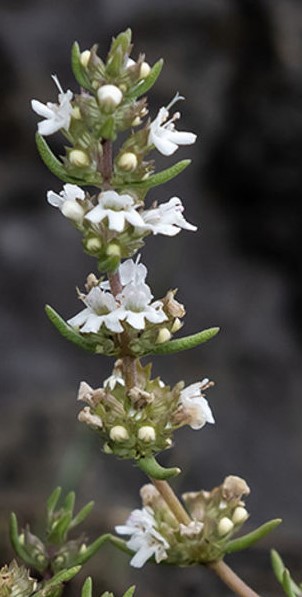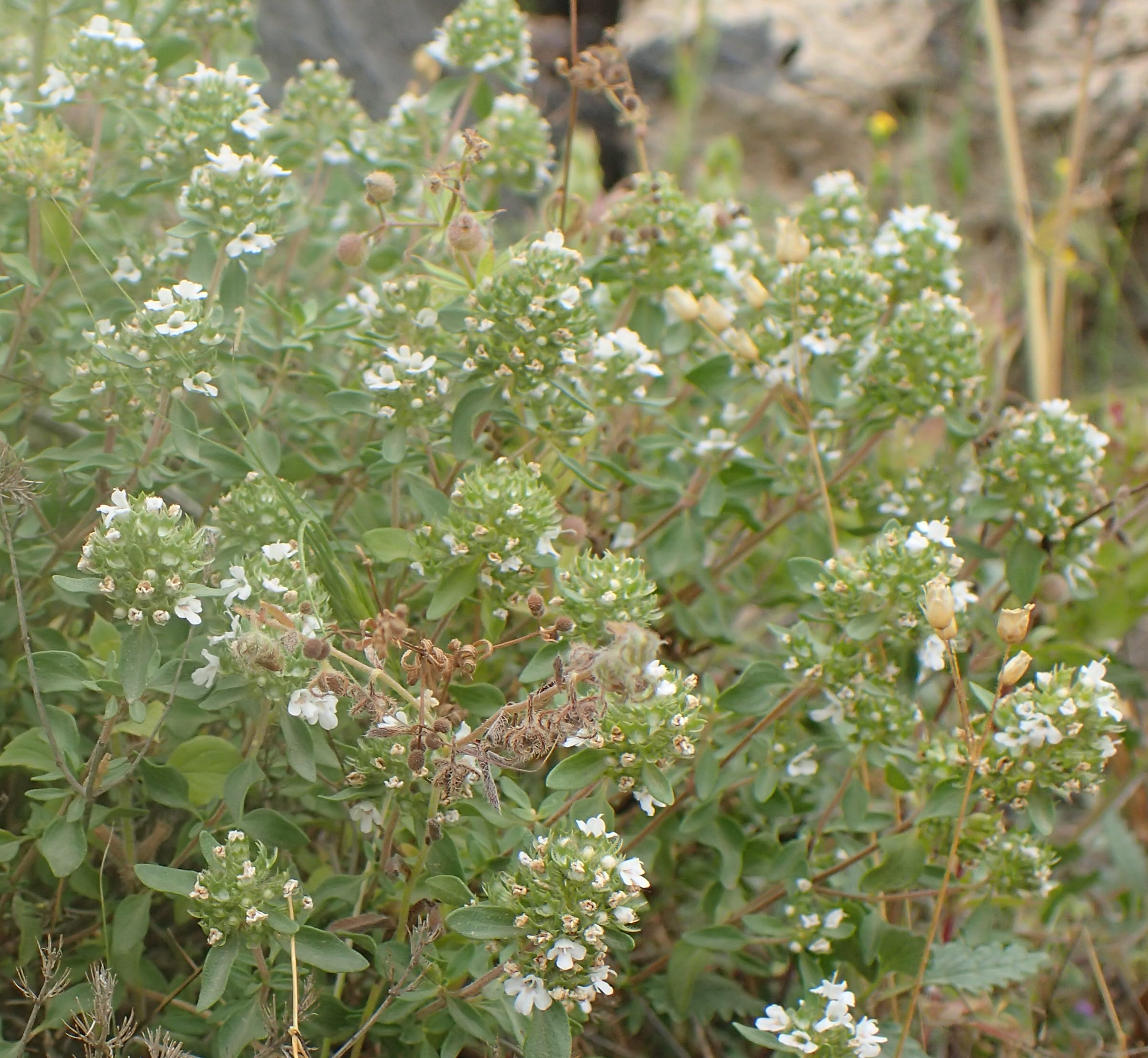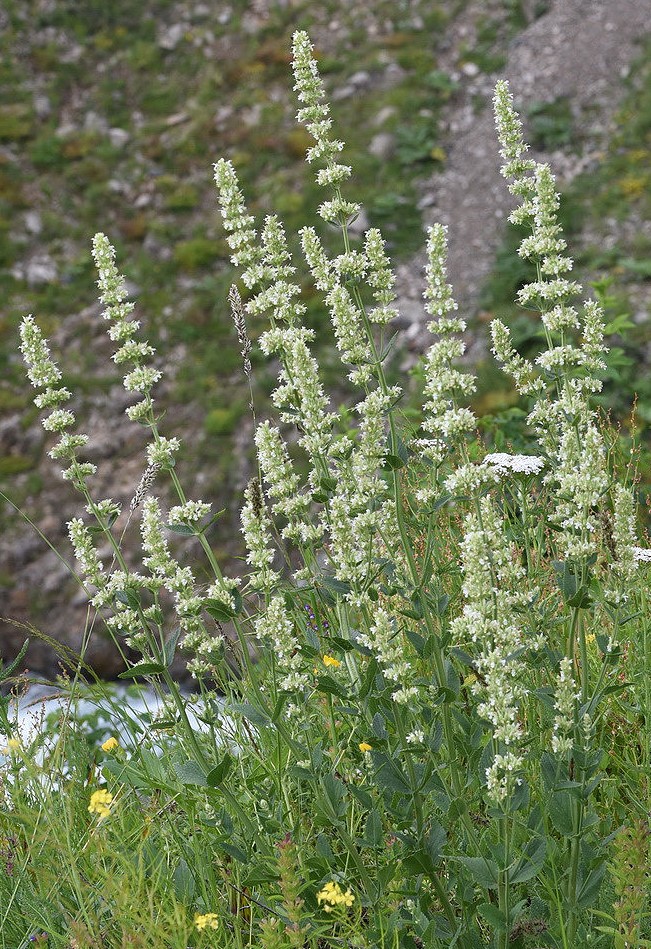:Introduction
The mandarin orange (Citrus reticulata), commonly referred to as simply mandarin, is a small, flattened citrus fruit produced by a compact tree. Recognized as a distinct species within the orange family, mandarins are typically consumed fresh or included in fruit salads. Compared to the sweet orange—a hybrid of mandarin and pomelo—mandarins are smaller, more oblate in shape, and possess a sweeter, more intense flavor. A ripe mandarin is moderately firm, relatively heavy for its size, and has a textured skin. Its thin, loose peel and minimal white pith make it easy to peel and separate into segments. While hybrids may share these characteristics, they tend to exhibit them less distinctly. Mandarins are sensitive to cold temperatures and are best cultivated in tropical or subtropical climates.
: Details
The mandarin orange (Citrus reticulata), commonly referred to as simply mandarin, is a small, flattened citrus fruit produced by a compact tree. Recognized as a distinct species within the orange family, mandarins are typically consumed fresh or included in fruit salads. Compared to the sweet orange—a hybrid of mandarin and pomelo—mandarins are smaller, more oblate in shape, and possess a sweeter, more intense flavor. A ripe mandarin is moderately firm, relatively heavy for its size, and has a textured skin. Its thin, loose peel and minimal white pith make it easy to peel and separate into segments. While hybrids may share these characteristics, they tend to exhibit them less distinctly. Mandarins are sensitive to cold temperatures and are best cultivated in tropical or subtropical climates.


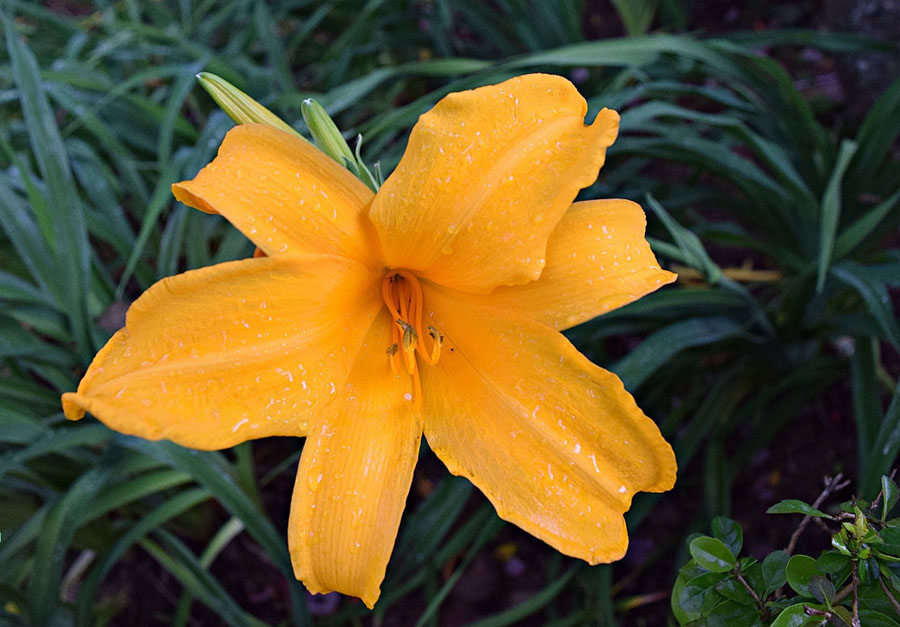
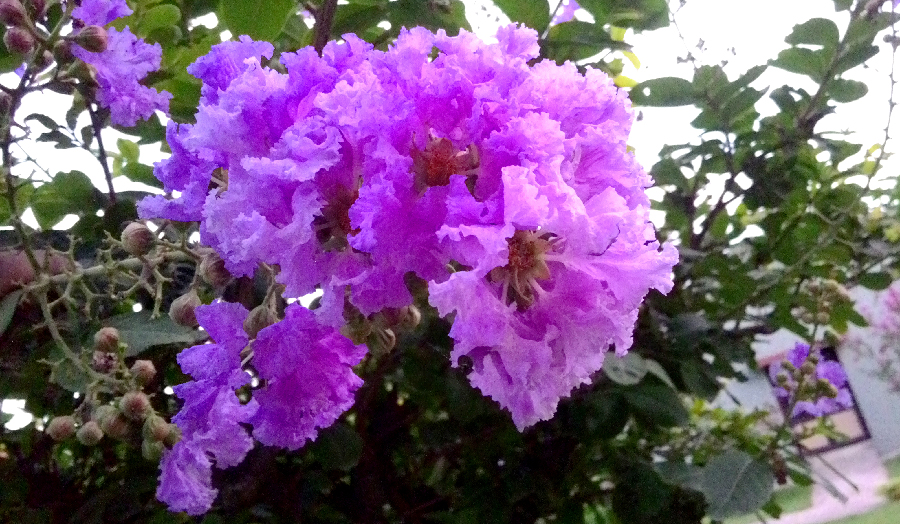
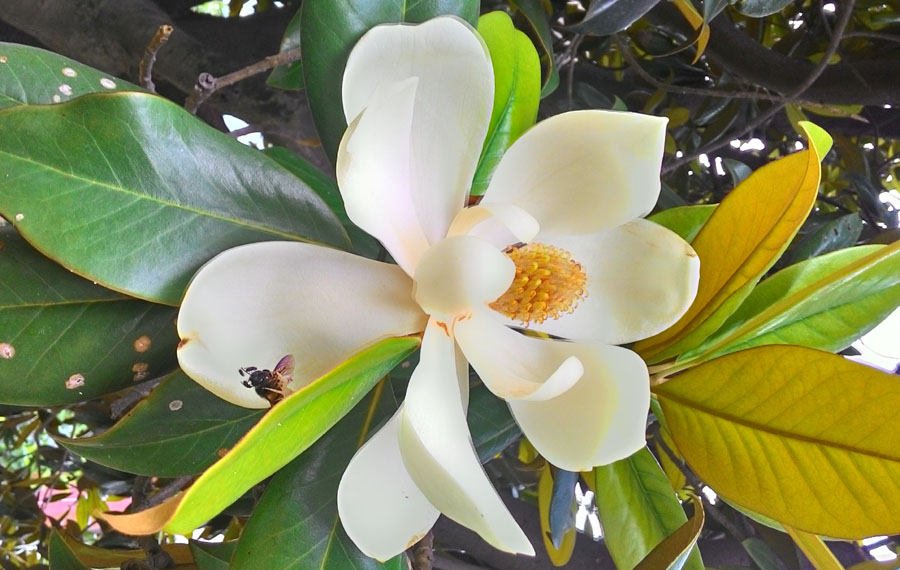


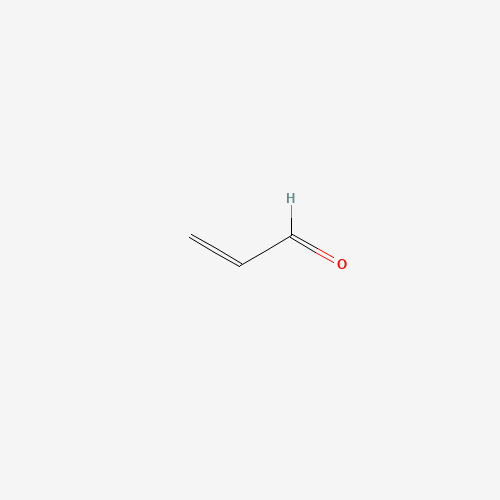
-ene.png)

